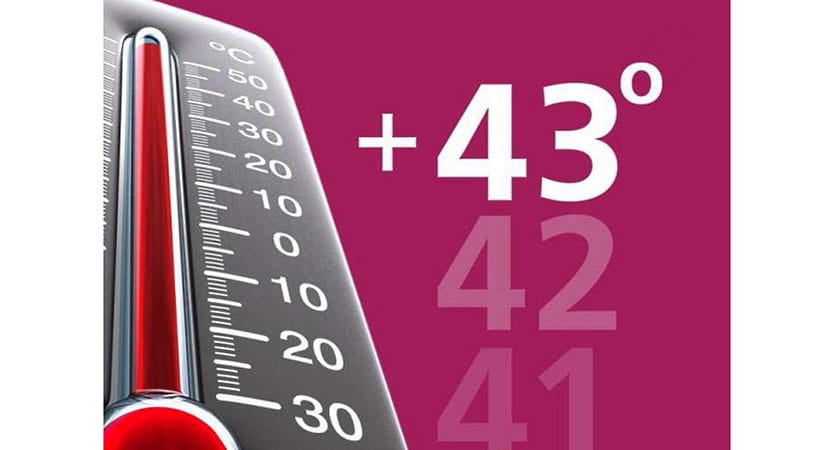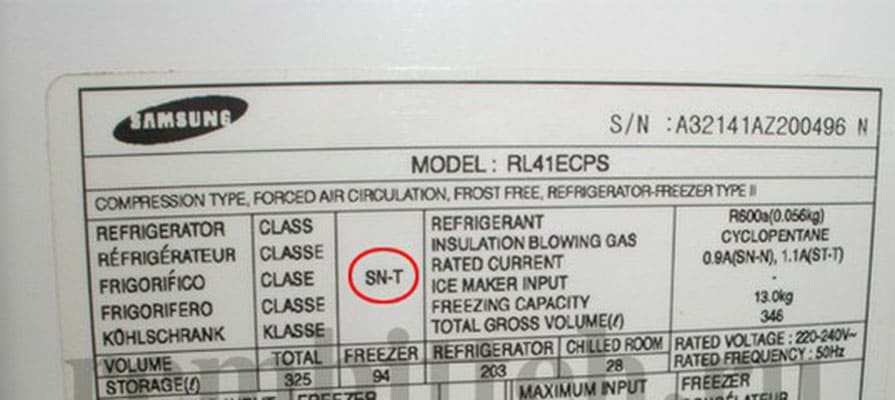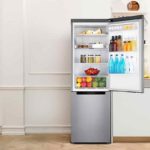Today it is difficult to imagine any other way of storing food than a refrigerator. This type of household appliances is presented on the market in a large assortment, so there is plenty to choose from. Each manufacturer tries to provide the end consumer with a device that will work flawlessly and will receive modern parameters. In refrigerators that are being sold at the moment, the temperature in the freezer and directly in the unit itself is adjusted during operation to weather conditions. This is called the climate class. And about what the climate class of the refrigerator means, we will tell you in detail in this article.
What does this mean ?

Every year the climate changes dramatically: the summer becomes hot, and in winter the temperature ranges from positive to stable cold weather. Such instability in the weather is the reason that refrigerators can fail. Therefore, they began to produce refrigerators with different climatic classes.
To the question: "What is the climate class of the refrigerator?", We will answer that this term means an indicator that notifies the owner of the permissible room temperature at which the refrigerator will work best.
See also:
- 7 best Bosch refrigerators according to customer reviews
- 8 Best Samsung Refrigerators According to Buyers
- 9 Best Inexpensive Refrigerators According to Buyers
- 10 best LG refrigerators according to customer reviews
What are the climatic classes

The climate class is generally denoted by letters that can be found on the back of the refrigerator. When creating a refrigerator, it is initially equipped with a compressor, which must maintain the difference between the temperature in the room where the device is located and the temperature regime of the device itself. But the compressor is capable of performing this function only at a certain temperature.
For this reason, when buying a refrigerator, it is necessary to take into account its climatic class, so that the products retain their freshness for a long time, and the unit itself can work as long as possible. Let's consider all climatic classes of the refrigerator in more detail:
- Normal - It is designated by the letter N and can operate at 16-32 degrees and is universal. But experts note that at temperatures above 32 degrees with a "+" sign, the refrigerator should be located exclusively in a cooled room. In winter, it cannot be used in cold rooms - the room should always be warm. The advantages of this type of refrigerators are economical energy consumption and reasonable cost.
- Subnormal - its designation is the letter SN. This type of household appliance is capable of operating at a thermometer reading of 10–32 degrees.Such refrigerators are used in basements, utility rooms. If the temperature drops below the comfortable temperature, the refrigerator will continue to work anyway.
- Subtropical - a combination of letters ST is used for designation. A refrigerator with this climate class operates at a temperature of 18-38 degrees. Best suited for areas where summer temperatures exceed 32 degrees Celsius. Disadvantage - cannot be used at low temperatures. In our area, you can use it provided that the room is heated up to 35 degrees Celsius.
- Tropical - designated by the letter T. It can work at temperatures of 18–43 degrees. This type of refrigerator is able to cope with its work even in unbearable heat conditions. This applies not only to hot areas, but also to rooms where there is no air conditioning. These models are the most expensive and are not suitable for climates with high humidity.
For market consumers, refrigerators with subnormal and normal climatic classes are generally recommended for purchase (in units of domestic manufacturers, the climate class is defined as UHL - cold and moderately cold climate). The designations ST and T in domestic models are defined as general climatic (O).
![]() See also - Which refrigerator manufacturer is better - Indesit or Atlant?
See also - Which refrigerator manufacturer is better - Indesit or Atlant?
Which climate class is better to choose

In some cases, it is quite difficult to determine the climate class of the refrigeration device, which is most suitable for a particular region. This is due to the very small difference between two closely related classes: N and SN, T and ST. In addition, you can find models that are designated SN-T and their temperature regime is 10-43 degrees. Note that this class is considered the most versatile.
And also note that this indicator also affects the price of the unit. Refrigerators labeled T or ST are slightly more expensive than others because they are capable of performing their function at high temperatures. For this reason, they were equipped with better insulation. The motors and compressors of these devices are much more powerful, and the capacitors take up a larger area. Naturally, production costs are reflected in the price of the finished product.
When buying a refrigeration device, you need to take into account only the characteristics of the room where it will work. Models that are ideal for living quarters will not suit the climate of a warehouse or basement. It is also necessary to take into account that if the device is selected correctly, then there will be noticeable energy savings. If a mistake was made when choosing, then the refrigerator will consume much more electricity. As a result, this can damage the motor.
In this review, we talked about the types of climate classes of the refrigerator and their differences, about the features of their work and the pricing scheme. We hope that this article will be useful to you, and you will be able to get a good refrigerator that will not only last a long time, but also save energy.
See also:

